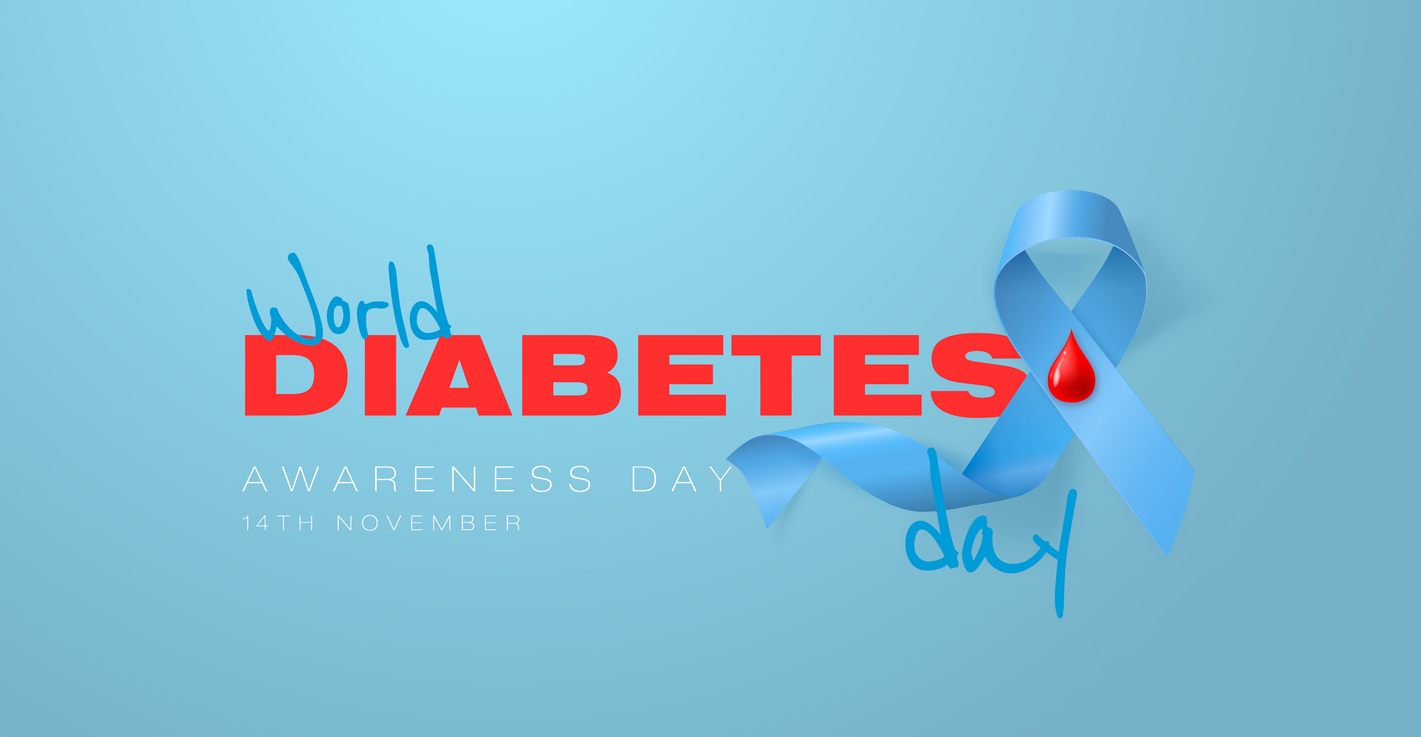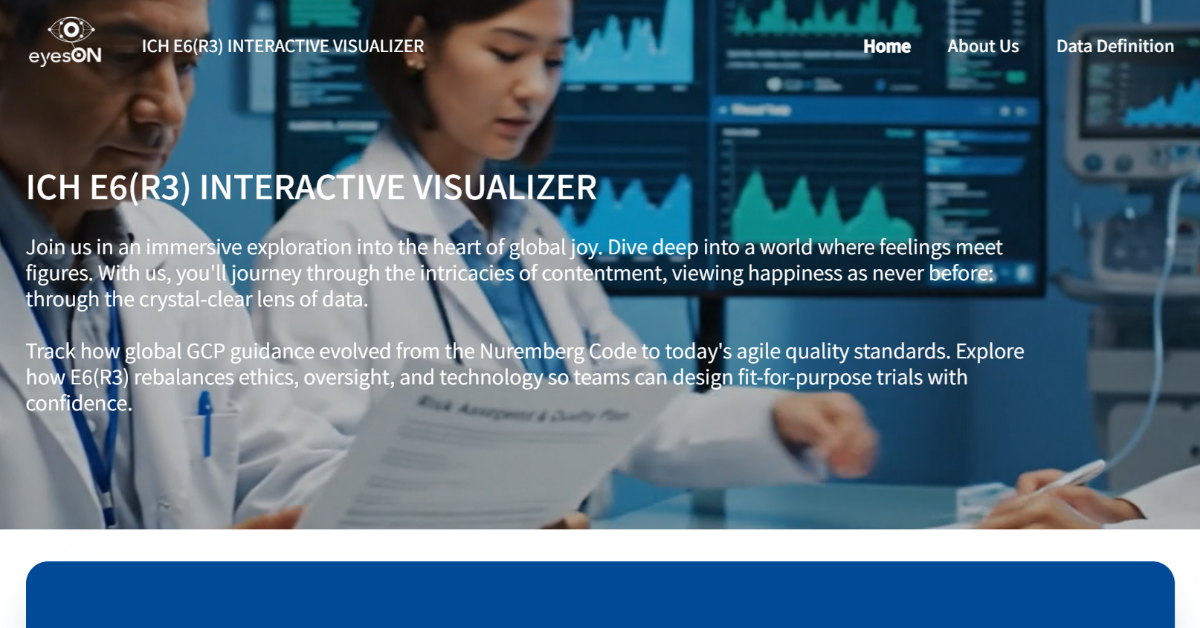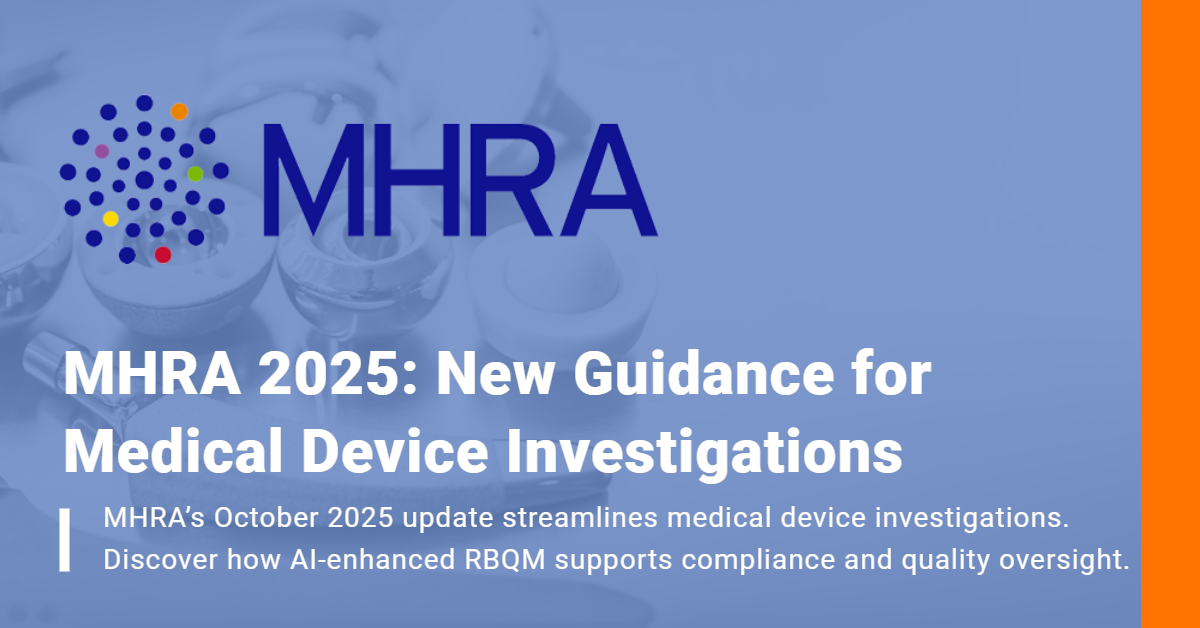The shift from traditional, site-based clinical trials to decentralized clinical trials (DCTs) is a transformative move in clinical research, bringing along many benefits such as patient centricity, increased reach, and potential cost savings. While decentralized trials hold great promise, they also require a certain level of technology to facilitate their successful execution. This article explores the key technical aspects that play a pivotal role in running practical decentralized clinical trials.
Decentralized Clinical Trials: An Overview
According to the most recent FDA’s decentralized clinical trials’ draft guidance, a “DCT (Decentralized Clinical Trial) refers to a clinical trial where some or all of the trial-related activities occur at locations other than traditional clinical trial sites.” Depending on the complexity of the study, the easiness of the investigational product’s administration or use, and other factors, clinical trials can be fully or partially decentralized.
Advances in Digital health technologies (DHTs) have enabled the expansion of trial-related data that can be obtained remotely, thus leveraging technology to reduce the need for patients to travel to central trial sites. DCTs can broaden participant diversity, improve patient engagement, and potentially speed up the drug development process. However, fully decentralized clinical trials often require robust digital infrastructure and many tech-based solutions to ensure seamless operation.
One such tech-based solution is Telemedicine technology. As one of the foundational components of DCTs, they allow investigators to remotely monitor patient health, conduct virtual check-ups, and provide consultations. Another crucial technology for administering fully decentralized trial are Electronic Data Capture (EDC) systems. These systems enable the collection of clinical trial data in electronic format and ensure data accuracy, minimize errors, and facilitate real-time data access.
Mobile health (mHealth) devices and wearables are crucial for collecting real-time health data from participants. However, informed consent must be obtained before collecting any data from the patient. In a DCT, it can be obtained through eConsent platforms.
Artificial intelligence (AI) and machine learning (ML) are becoming increasingly relevant in managing decentralized clinical trials, as they can streamline participant recruitment by identifying eligible patients, monitor patient compliance, detect anomalies in data, and provide predictive analytics to foresee potential issues. Finally, blockchain technology helps ensure trial data’s security, transparency, and immutability, which is especially important when trials are decentralized.
The Technology Surrounding DCT Participation
In addition to the technology needed to ensure safety, efficacy, and integrity in DCT design and execution, participation in a decentralized clinical trial often requires a certain level of technology access and literacy on the participant’s end.
Devices and programs with video conferencing capabilities are common technology feature used in DCT. For virtual consultations, the participant may need a device (such as a smartphone, tablet, or computer) with video conferencing capabilities.
Keeping that in mind, a smartphone or a tablet are frequently required to be at the disposal of DCT’s participants. These are typically needed for app-based interventions, communication with the clinical team, or electronic data capture. Some clinical trials may use dedicated apps for monitoring, reminders, data collection, or eConsent.
Health monitoring devices, commonly known as wearables, are regularly used for collecting real-time data from the participant. Depending on the trial, participants may need to use health monitoring devices like smartwatches, fitness bands, glucose monitors, blood pressure monitors, or other specialized medical devices. These devices should be user-friendly and capable of secure data transmission.
Finally, reliable Internet connectivity is generally a fundamental requirement. Most DCT operations, from remote consultations to data submission, rely on internet access.
Internet Reliability – how reliable do the trial participants actually need their Internet to be?
Bandwidth requirements for wearable devices used in Decentralized Clinical Trials (DCTs) can vary significantly depending on the type of device, the nature of the data being collected, and the frequency of data transmission.
Most wearable devices used in DCTs, such as fitness trackers, smartwatches, or specialized medical wearables, typically collect health data from the wearer and transmit it to a paired smartphone or tablet via Bluetooth. This data is then usually transmitted to the cloud or a centralized server via the internet connection of the smartphone or tablet.
Bluetooth 4.0 is a common standard used by many wearables. BLE is designed for low power consumption and can transmit small amounts of data (tens of kilobytes per second) over short distances. The internet bandwidth required to transmit this data to the cloud or a centralized server is typically quite low. Even basic broadband or cellular data connection (e.g., 1-2 Mbps) should be more than sufficient in most cases. This is because health data collected by wearables is typically small in data volume.
However, it’s important to note that specific requirements can vary based on the design of the clinical trial and the nature of the data being collected. For instance, continuous real-time monitoring or streaming of high-resolution sensor data could require higher bandwidth. Also, additional bandwidth may be necessary if video conferencing or other data-intensive applications are being used alongside wearable device data transmission.
Can trials be decentralized without relying heavily on technology?

Craig Lipset, Co-Chair at DTRA
We posed the same question to Craig Lipset, a co-chair at the Decentralized Trials & Research Alliance (DTRA). According to Lipset, “There’s a lot you can decentralize with low (or even no) bandwidth. I’d say broadband is a plus but not a necessity unless there are certain high-bandwidth data devices involved.” When asked to elaborate, Lipset continued by providing examples of practices that are used in DCT, that do now require any Internet (bandwidth) availability: “Home nursing, using local imaging, local labs, local community providers, pharmacy or mobile/popup sites, shipping IP to participants – all of that one could be used to decentralize clinical trial, without depending on available technology,” he concludes.
When asked how DCT participants would use wearable medical devices, telemedicine platforms, and all other technological means of DCT, Lipset states that there are DCTs that do not require any of these technologies. He proceeds to give some examples, which we will further elaborate on.
In some observational or behavioral studies where data collection doesn’t require advanced electronic devices, a simpler DCT could be conducted. For example, a study investigating the lifestyle impacts on a particular health condition may rely primarily on patient self-reporting via phone calls, emails, or online surveys. In such a case, the technology required might be limited to communication tools and basic data management software.
Moreover, Some DCTs might blend traditional and decentralized methods. For instance, a study could be designed to take place in a patient’s home but with healthcare professionals visiting to conduct examinations or administer treatments. In such scenarios, data might be manually recorded and later entered into an EDC system at the trial coordinating center. This model might require fewer technological tools on the patient’s end.
Lastly, for trials that do not require real-time data or constant monitoring, paper diaries or logs might be used for recording patient-reported outcomes. This could be an option in studies where the patient population might struggle with technology or the required data is easier to record manually.
“Home nursing, using local imaging, local labs, local community providers, pharmacy or mobile/popup sites, shipping IP to participants – all of that one could be used to decentralize clinical trial, without depending on available technology.” – Craig Lipset, Co-chair at DTRA
Conclusion
The transition to decentralized clinical trials presents unique technological requirements. From telemedicine platforms to AI and blockchain, numerous technologies play an essential role in facilitating DCTs. However, the decisive one is still the human – investigator and patient.
Some trials may be designed to work even with minimal technology to cater to a broader participant base. While there are examples where technology requirements might be reduced, some level of technology is almost always involved in DCTs. That is why DCTs should be designed with inclusivity in mind, considering potential disparities in technology access and literacy. Many trial coordinators work to provide necessary devices or support to participants to ensure these requirements don’t become barriers to participation.
Even though decentralized clinical trials are an emerging field teeming with innovative technology, it’s crucial to remember that the value of the ‘human touch’ remains irreplaceable, reminding us that amidst all our advances, the empathetic connection between patient and provider is a cornerstone of effective clinical research.
As we continue to embrace the potential of DCTs, it’s imperative to focus on developing and standardizing these technologies to ensure the safety, efficacy, and integrity of remote clinical trials










Leave A Comment
You must be logged in to post a comment.